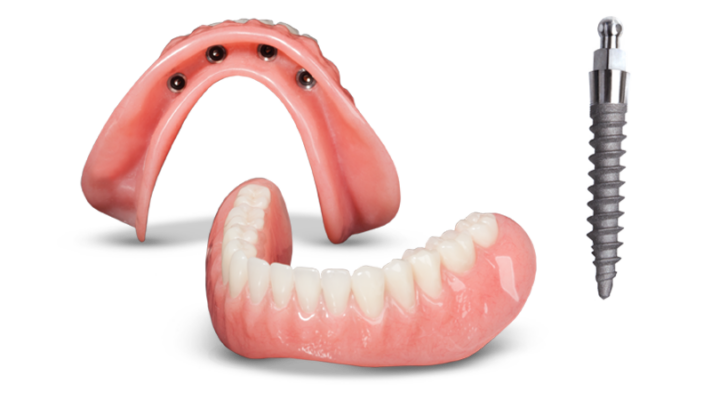When Does a Tooth Require Extraction?
In this video, Dr. Rameek McNair explains the critical factors leading to tooth extraction and the importance of the extent of decay in making this decision.
The decision to extract a tooth is based on several critical factors concerning the tooth’s condition and prognosis. Primarily, the amount of remaining bone supporting the tooth is a crucial determinant. If a tooth exhibits significant mobility or looseness, it suggests a lack of adequate bone support, which is essential for its stability.
Additionally, the extent of decay present in the tooth plays a significant role. A tooth that is severely decayed may not be salvageable, or it may not have a favorable long-term prognosis even with treatment. In such cases, if the tooth is assessed to lack a reasonable chance of lasting success, the recommendation is typically to remove it.
The goal of extraction in these situations is to eliminate a source of potential ongoing dental issues and replace the tooth with a more reliable, long-term solution. This approach helps ensure overall dental health and functionality, preventing further complications and enhancing the patient’s quality of life.




